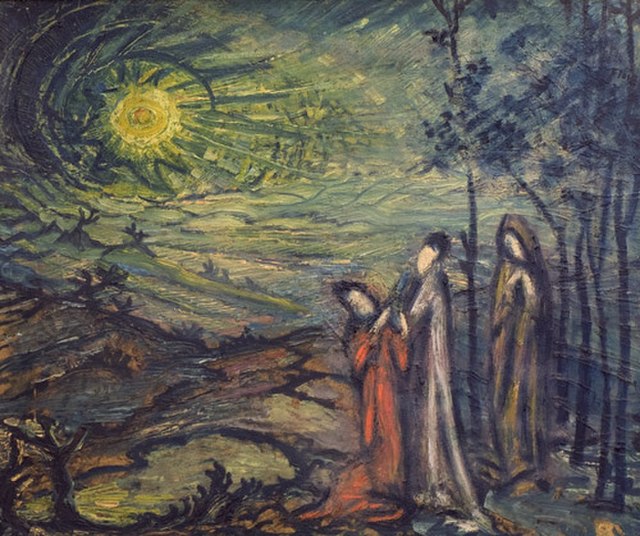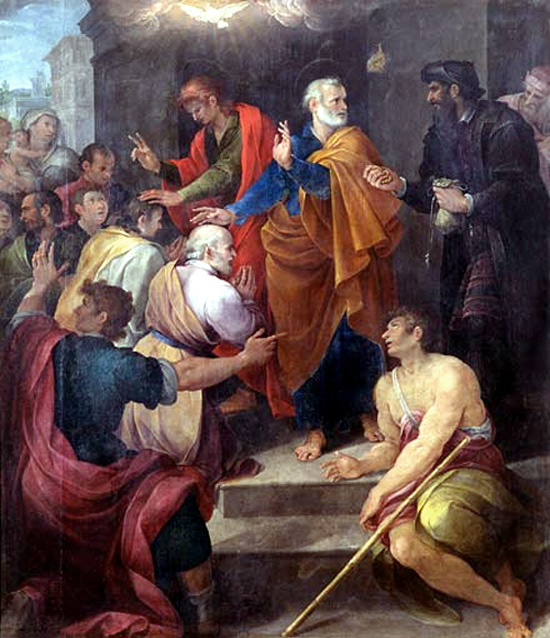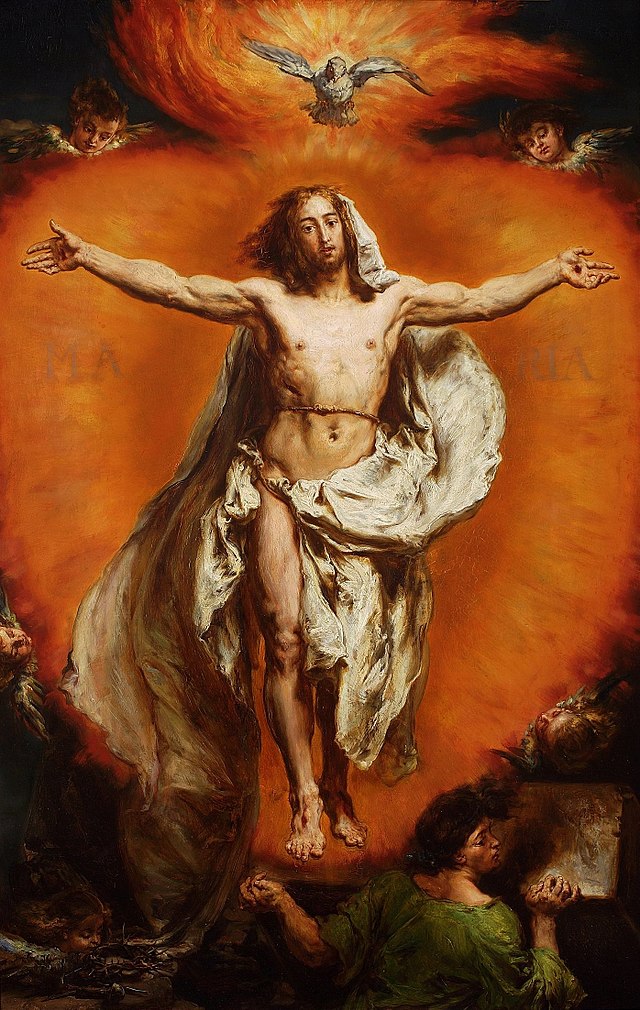Introduction:
The precise birthdate of Jesus Christ, one of the foundational mysteries of the Christian faith, has been a subject of ongoing scholarly debate and popular speculation for centuries. While the Western Christian tradition celebrates Jesus’s birth on December 25, an alternative theory proposes a different date, September 11, 3 BC. This theory is built upon a complex weaving of astrological, biblical, and historical evidence, including a connection to the birth of Noah from the Old Testament, and also takes into account certain Jewish cultural customs.
Astrological Signs and Their Biblical Interpretations
Central to this theory is the unique astrological configuration that occurred on September 11, 3 BC. On this day, the sun, moon, and the constellation Virgo were aligned, while Jupiter—often associated with kingship in ancient astrological beliefs—was in close conjunction with Regulus, the ‘king star.’ These celestial signs are proposed to represent the Star of Bethlehem, guiding the Magi to Jesus. This configuration can actually be verified in astronomy software.
It’s crucial to clarify the role of astrology in this context. In ancient times, astrology was considered a legitimate field of study, employed to understand natural phenomena and significant events. The Magi, referred to in the Gospel of Matthew (Matthew 2:1-2), are often thought to have been astrologers. However, their practice vastly differs from what we commonly associate with astrology today. They were not using it to predict individual destinies or create horoscopes, practices which the Bible strongly condemns as attempts to supersede divine will (Isaiah 47:13-14). Instead, their interpretation of celestial signs served to identify significant divine events and actions.
The Revelation Connection
This theory also draws upon the celestial sign described in Revelation 12:1-5. The woman “clothed with the sun, with the moon under her feet and a crown of twelve stars on her head,” who is about to give birth, is interpreted as an allegorical representation of the celestial configuration on September 11, 3 BC. However, interpreting the Book of Revelation requires care, as it is characterized by symbolic and metaphorical language, and its author does not explicitly state that he is describing Jesus’s birth.
The Noah Connection and Cultural Context
Adding another layer to this theory is the birth date of Noah, a pivotal figure in the Old Testament. Ancient Jewish texts suggest Noah was born on Tishri 1, which corresponds to a date in September—potentially, according to some, September 11, 3 BC on our current Gregorian calendar. This symbolic link between Noah, a figure of new beginnings, and Jesus, the “second Adam,” could lend weight to this proposed birthdate.
The historical and cultural context is also important. The Jewish New Year, Rosh Hashanah, occurs in September, traditionally believed to mark the creation of Adam and Eve. The timing of Roman tax censuses, often conducted after the harvest season ending in September, could provide context to Luke’s account of Mary and Joseph traveling for a census around Jesus’s birth (Luke 2:1-5).
The Same Day Conception and Death Custom
In Jewish tradition, it’s believed that the great prophets were conceived and died on the same day of the year. If we apply this belief to Jesus, considering the traditionally accepted timeframe of His crucifixion around Passover (March or April), His conception would likewise have been around the same period.
Fast forward approximately nine months from this point, and we arrive at a birthdate in December or January. In this context, December 25 could be viewed not as the actual birthday of Jesus, but rather as the date of His conception. This interpretation could explain why December 25 was later adopted in Christian tradition as the date to celebrate Jesus’s birth, even if the actual date might have been in September as proposed by the theory.
Conclusion
The precise date of Jesus Christ’s birth might remain unknown, but the exploration of possibilities such as the theory of a September 11, 3 BC birthdate contributes to a rich tapestry of interpretations and understandings. This theory, backed by astrological, biblical, and historical evidence, and supplemented by Jewish cultural customs, presents an intriguing hypothesis that invites further reflection and discussion.
Discussion Questions:
- How does the theory of Jesus Christ’s birth on September 11, 3 BC challenge or align with traditional Christian understanding? What implications might this have for Christian practice and theology?
- In what ways does the astrological, biblical, and historical evidence presented in the theory interact with each other? How do these different types of evidence contribute to our understanding of historical events and religious narratives?
- The Jewish tradition that great prophets were conceived and died on the same day is used in this theory to explain the celebration of Jesus’s birth on December 25. How do cultural beliefs and practices influence the interpretation of religious texts and events? Can you think of other examples where cultural context plays a significant role in the interpretation of religious narratives?
Want to Know More?
- “The Star of Bethlehem: The Legacy of the Magi” by Michael R. Molnar Molnar’s book offers a detailed exploration of the astrological signs surrounding the birth of Christ, and could provide deeper understanding of the celestial configurations central to the September 11, 3 BC theory.
- “The Birth of Christ Recalculated” by Ernest L. Martin Martin’s research into the birth of Christ includes the proposed September 11, 3 BC birthdate, making it a valuable resource for understanding the complex evidence behind this theory.
- “Ancient Jewish Tradition and the New Testament” by David Instone-Brewer Instone-Brewer’s examination of ancient Jewish traditions and their intersection with the New Testament could provide insight into the cultural and historical context necessary to understand the theory.




